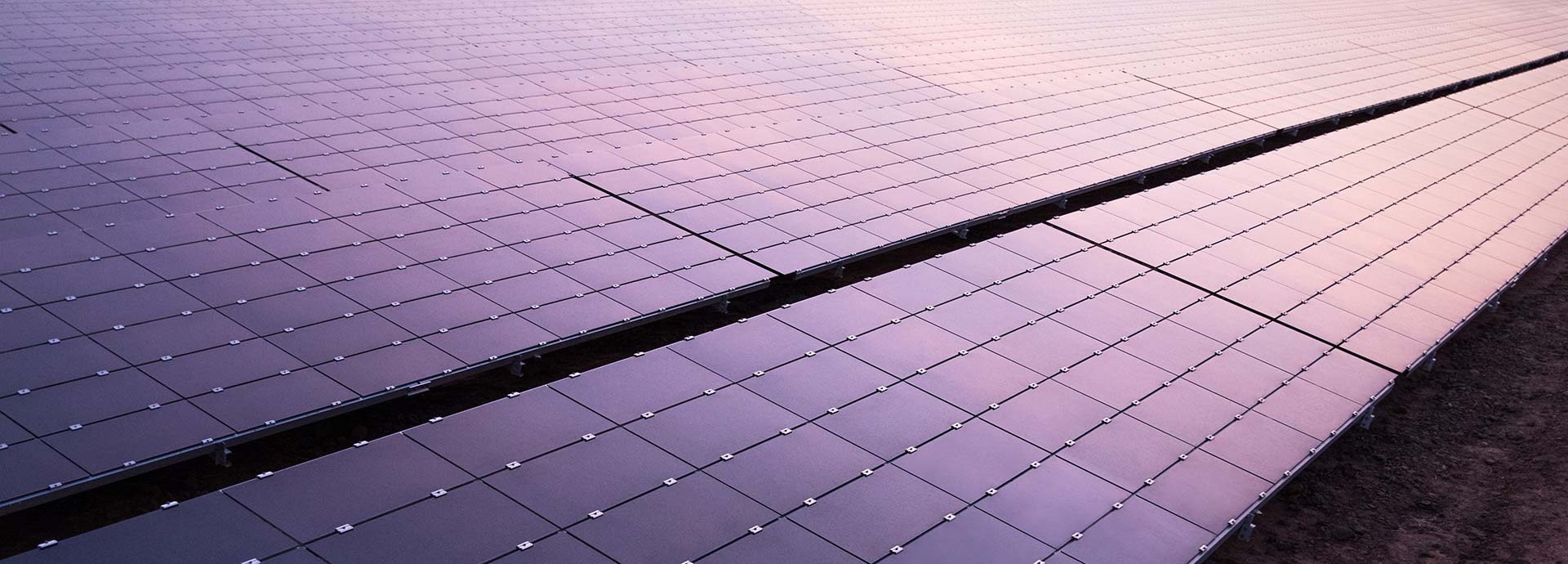

The growing deployment of renewable energy sources (RES) such as wind and solar decreases power system inertia, which may result in degraded grid performance.
Power system inertia has traditionally been the fundamental supporting mechanism for regaining
system stability after a disturbance. Without new mitigation measures, the lack of inertia could become a bottleneck preventing a high share of renewable energy in the grid.
This white paper demonstrates how energy storage systems
(ESS) and balancing internal combustion engine (ICE) power plants can secure the system during low inertia periods, allowing more renewables to be integrated. With support from ESS and ICEs, more renewables could be reliably integrated, resulting
in lower CO2 emissions and lower system cost.

Contents
- Executive summary
- Introduction
- The challenge of decreasing inertia
- Low-inertia mitigation measures
- Case: The value of energy storage systems and internal combustion engines
- Simulation results
- Discussion
- Conclusion
- Bibliography
- Appendices




